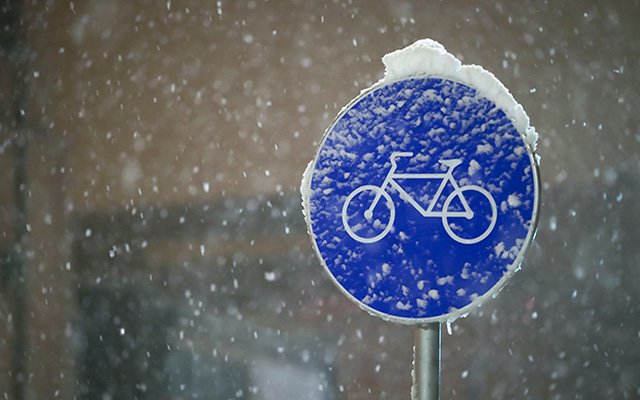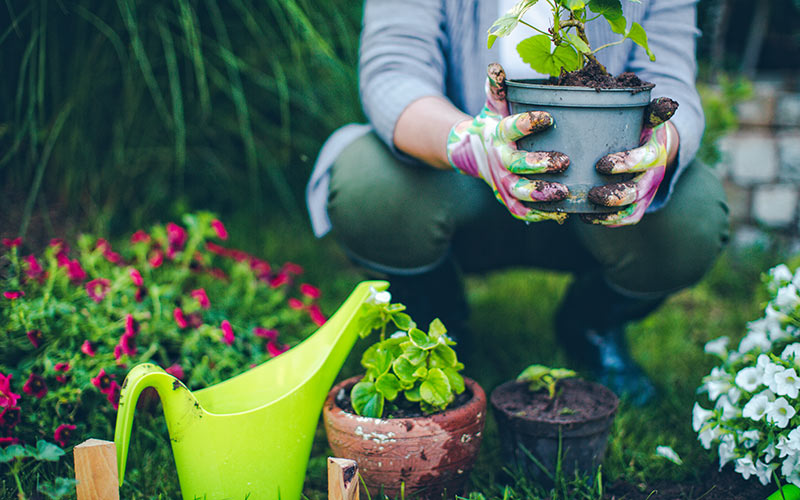I climbed on my bike the other day and, navigating carefully amid the glacial outcroppings that make Minneapolis streets so fascinating in February, I pedaled north to our neighborhood coffee shop in search of some takeout treat for our midafternoon coffee break. In the blissful days before the current pandemic struck, I would often meet My Lovely Wife there after biking from my office just across the river in St. Paul. We’d sip some espresso, peck away on our laptops, and pedal home together around dinner time. It offered a convenient excuse for enjoying some fresh air and exercising our creaky knees.
COVID-19, of course, closed all the coffee shops and my St. Paul office, so rather than cycling a few miles most days of the week, we began grinding and brewing our beans at home and generally traveling only as far as our dining-room table every afternoon. Before the Minnesota winter descended, we’d occasionally pedal for takeout or other errands, and I’d bike across the river and up the hill to check mail at the office every so often, but when snow and ice began clogging the streets, our bikes languished in the garage.
When I rolled mine out into the alley last week, it had been a couple of months since I’d last saddled up. And by the time I arrived at the coffee shop, I was surprised to find my quads barking and my heart pounding. Despite my (admittedly moderate) morning exercise regimen, it seems the pandemic has exacted a hefty toll on my physical fitness. I’m going to have to get back into cycling shape.
I seem to be a victim of what British physician Muir Gray, CBE, calls the “deconditioning pandemic.” Prior to the onslaught of the novel coronavirus, Gray writes in The Lancet: Healthy Longevity, doctors had used the term “deconditioned” to describe bedridden patients who have lost much of their functional abilities due to inactivity. It now applies to anyone who has survived a serious bout with COVID-19 as well as those of us who have managed to avoid the virus but have been forced to remain indoors — and more sedentary than usual — for lengthy periods of time.
It’s really a “second” pandemic, he argues, and public-health officials need to take it seriously. “Obviously, people who have survived COVID-19 need reconditioning, particularly if they have so-called long COVID, but the term second pandemic is used because deconditioning is also a consequence of lockdown even for people who never had COVID-19.”
Gray cites a UK study that found one in four older adults surveyed were unable to walk as far as they could before the pandemic-driven quarantines began and one in five who reported feeling less steady on their feet. “Deconditioning,” he notes, “increases the risk of disability, frailty, and dementia, and therefore increases the need for health and social care.”
Just as nations rallied their agencies and experts against the virus, so must they act to help their vulnerable citizens rebuild their fitness in its wake. This will require governments to establish reconditioning programs while healthcare providers shift the way they treat the elderly. “The culture of care assumes that what older people need when they lose the ability to do a task is to have things done for them,” Gray writes. “The evidence is that people of any age, with any number of conditions, can relearn and regain lost ability but require a new culture of enablement to do so.”
There’s certainly no harm in encouraging older folks to move a little more once the plague lifts, but resuming any exercise routine after a long hiatus is an intensely personal process. That’s why I suspect Gray’s call for reconditioning programs won’t get much traction here in Geezerville. I don’t know too many people my age who respond favorably to institutional nagging — regardless of how well intentioned it may be.
I was telling MLW in the days before I finally saddled up that once I pushed through my fear of an ice-induced bicycle crash, I’d be back in business. This is not a pandemic-related obstacle; I go through this process every winter when road conditions make it imprudent to venture out on a two-wheeler. It’s just that the virus has offered fewer reasons to make that call this time around. Typically, once I actually climb on my bike and convince myself that I can safely traverse the terrain, I’m able to once again embrace my preferred mode of transportation. At least until the next blizzard arrives.
But winter seems to be loosening its grip here in the northern reaches, so MLW and I are eager to begin our own two-wheeled reconditioning efforts. I’m looking forward to pedaling across the river and up the hill to the office again, and she will eventually start biking to the post office and the grocery store, as she routinely does during the warmer seasons. In a couple of months, we may be rendezvousing at the coffee shop like old times and even planning some daylong jaunts to the far reaches of this bicycle-friendly city.
That is, if I can convince my grumpy quads to cooperate.



This Post Has 0 Comments